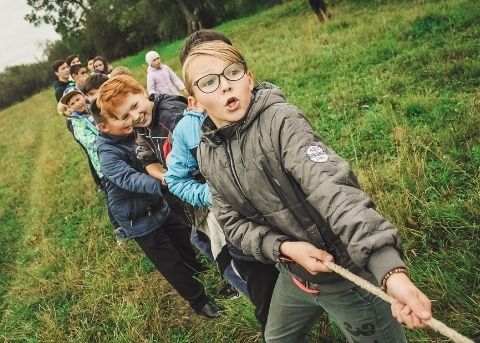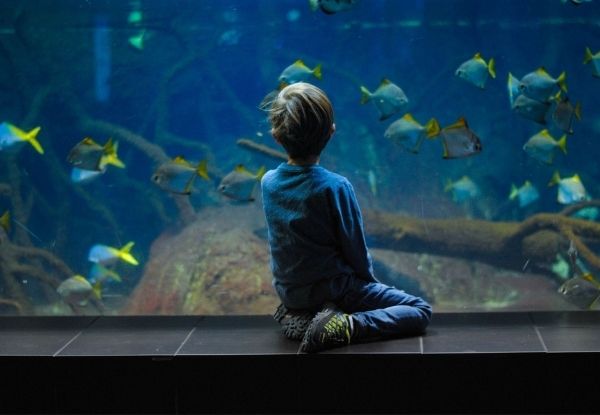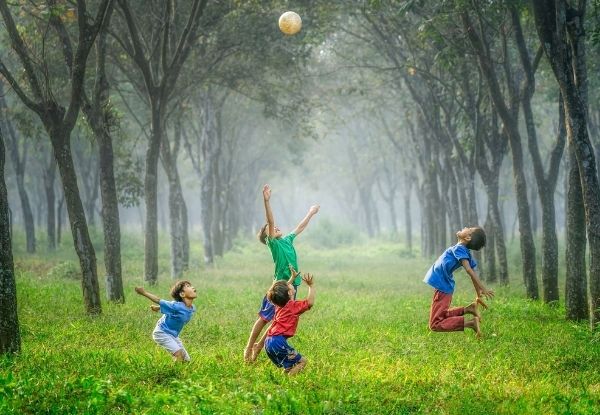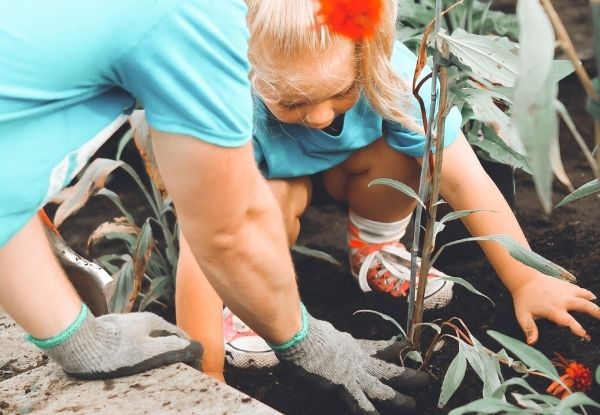
It’s the end of the school term and tired, often burnt-out students, teachers and parents need a break. This is the perfect opportunity to rest and prepare for the next term. It’s also a time for consolidation of knowledge and skills.
We’re not suggesting school holidays aren’t for fun. They are! They’re for reconnecting with family and friends in ways for which you don’t have time during the school term. They’re for a little spoiling, and some fun late nights. Less routine and more spontaneity.
However, any type of break from the routine of school can be disruptive to a student’s learning momentum. Especially in light of recent temporary school closures and a necessary move to alternate learning methods.
So here are five tactics to encourage students to continue their learning during school holidays.
Make plans for no plans
There’s no need to have each minute of the break planned in advance. Allow children to find ways to entertain themselves.
Boredom leads to creativity in how one approaches challenges and finds wonderment. “Children need time to themselves – to switch off from the bombardment of the outside world, to daydream, pursue their own thoughts and occupations, and discover personal interests and gifts” summarises Teresa Belton.
And if they need a little push, encourage them to pick a book for the love of the genre, engage them in conversation about the world around them and current events or issue a challenge applicable to their age.
Get out into nature
Outside of the usual classroom setting, students will be enriched by new experiences. Getting in touch with the natural environment is one way to achieve this. Whether it’s physical activity, or a more meditative outing, research has proven outdoor spaces have numerous cognitive benefits, with restorative effects on a child’s attention.
Plus, observing those around them in person and not through a screen is a worthwhile activity in itself!
Visit educational attractions and facilities
Public health orders aside, there are myriad opportunities to expose your students to the wonders of museums, galleries and exhibitions. Far from books and screens, these facilities bring knowledge to life, whether that’s natural history, the ocean, flora and fauna, space, technology or pop culture.
This is an interactive, often tactile, experience. It’s also a disarming environment in which students are learning without realising they are. As Douglas Moore of the New York Hall of Science says “…no one ever failed at a science museum.”

Make screen time educational
Screens and digital forms of education are by now a way of life for many students. Rather than discourage screen time, lean on the benefits of building skills through digital media.
Of course, setting reasonable time allowances is important. If the platforms or programs they are using (like LiteracyPlanet!) are educational and safe, this is a valid, rewarding and enjoyable experience for students.
Read this useful checklist for healthy screen use.
Allow for rest and recoup time
This is our favourite tip. We all need the chance to recharge the batteries and to have no pressing deadlines, expectations or added stresses. Unquestionably, sleep is vital to a child’s development. Recent studies demonstrate sleep’s importance in consolidating learnings in word retention and committing this to memory.
After a day’s visit to a museum, a walk through the bush or time spent building knowledge through an educational program, sleep, void of additional work or pressure, will consolidate the student’s learning in whichever form it takes.
School holidays are excitedly anticipated for many reasons. And whether students are aware or not, the break presents a continuation of learning. Students need not lose momentum in their studies; they simply need direction towards new opportunities, so they start the next term refreshed and ready to go.








